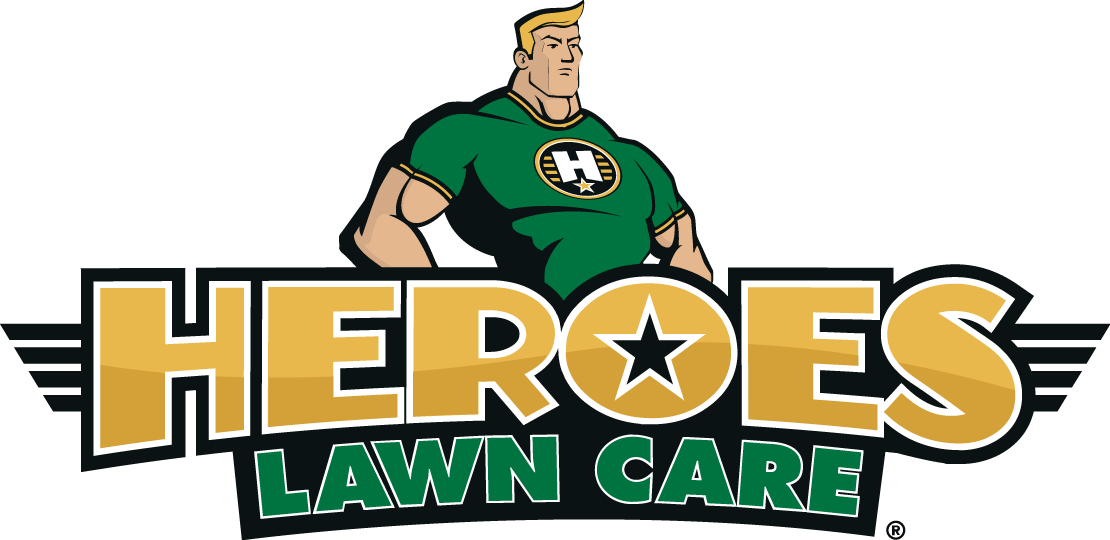What is Edible Landscape Design, and Can You Do It?
Edible landscape design is a great way to combine aesthetics with sustainability and functionality. An edible landscape design is one that incorporates fruit, herbs, or vegetable-bearing plants, trees, and shrubs. You can also add decorative elements, like trellises and pathways, to make the area more attractive. The main goal of an edible landscape design is to create a system that works with nature in order to grow food for you and your family.
You've probably seen pictures of perfectly manicured front yards with fruit trees and vegetable gardens seamlessly blending in among the flowers and shrubs. But can you actually do it yourself? It turns out, the answer is yes - with a little bit of help, organization, and will.
Keep reading to learn more about edible landscape design and how to get started on your own.
What Is Edible Landscape Design?
Edible landscape design is a type of gardening that emphasizes the production of food crops while still maintaining a visually pleasing appearance. It's often used in small spaces, such as city gardens or suburban yards, where traditional gardening methods may not be practical. Edible landscape ideas first appeared in the 1970s as a response to the growing popularity of organic gardening.
Today, the style has gained renewed popularity as people look for ways to reduce their carbon footprint and eat more healthfully. Although it may seem complicated, edible landscape design is actually quite simple. The basic principle is to integrate edible plants into your existing landscape. You can do this by planting fruit instead of ornamental trees, adding a few raised beds for vegetables, or even just growing herbs in pots on your patio.
The Benefits Of Edible Landscape Design
Edible landscape design is a type of gardening that focuses on growing edible plants. This can include fruits, vegetables, herbs, and nuts. Edible landscape design is not only aesthetically pleasing, but it also has many benefits.
One benefit of edible landscape design is that it is a great way to get your daily recommended fruits and vegetables. By growing your food, you can be sure that it is fresh and pesticide-free. You will also save money by not buying produce at the store.
Another benefit of edible landscape design is that it is good for the environment. Growing your food requires less energy than transporting food from a farm to a grocery store. In addition, growing your food reduces the amount of packaging that would otherwise be necessary.
Edible landscape design is also a great way to get exercise. Gardening is a physical activity that can help you stay fit and healthy.
Getting Started With Edible Landscape Design
Getting started with edible landscape design is easy and can be a great way to add fresh fruits, vegetables, and herbs to your diet while also beautifying your yard. You can do this in several ways, such as using fruit trees as focal points in your garden or planting herbs in a sunny spot in your yard.
The best way to start designing your edible landscape is to decide what plants you want to include. Fruits, vegetables, and herbs all make great additions to an edible landscape, so think about what you like to eat and what would grow well in your climate. Once you have an idea of the types of plants you want to include, you can start planning where to put them in your landscape.
When placing edible plants in your landscape, it's important to consider their sun and water needs. Most fruits and vegetables need at least six hours of sunlight each day, so choose a spot in your yard that gets plenty of sunshine. You will also need to ensure that your plants have enough space to grow. Be sure to check the mature size of each plant before you choose a spot for it in your landscape.
Once you have chosen the perfect spot for your plants, you can start planting. Be sure to follow the instructions on each plant’s packaging so that you give them the best chance to thrive. With a little care and attention, your edible landscape will provide you with fresh, delicious fruits, vegetables, and herbs for years to come.
The Popular Plants To Include In An Edible Landscape Plan
It's up to you to decide the kind of plants you want to include in your edible landscape plan, but there are some that are more popular than others. Fruits and vegetables are the most common but don't forget about herbs and other edible plants like berries. Some of the most popular fruit plants include:
- Apples
- Apricots
- Blueberries
- Cherries
- Grapes
- Lemons
- Peaches
- Pears
- Plums
As for vegetables, common choices include:
- Beans
- Beets
- Carrots
- Cucumbers
- Lettuce
- Onions
- Peppers
- Tomatoes
And don't forget about herbs! These are popular picks:
- Basil
- Chives
- Cilantro
- Dill
- Lavender
- Mint
- Oregano
- Rosemary
- Sage
- Thyme
Special Considerations
Special considerations when designing an edible landscape include ensuring your chosen plants will do well in your climate and soil type. You'll also want to know how much sun and water each plant needs. For example, some fruits and vegetables need full sun (six to eight hours of direct sunlight each day), while others can tolerate partial sun (four to six hours of direct sunlight each day). And, of course, you'll want to make sure the plants you choose are safe for humans and animals to eat.
How To Make Your Edible Landscape Garden More Aesthetically Pleasing?
The term “edible landscape” can refer to many different things. It might conjure up images of neatly trimmed hedges and perfectly placed flower beds, or it might make you think of a more naturalistic style garden with wildflowers and native plants. Either way, making your edible landscape more aesthetically pleasing is easy with some tips:
- Choose the right plants: When selecting plants for your edible landscape, it’s important to choose varieties that are both beautiful and delicious. Some great options include fruit trees like apples or cherries, ornamental edible plants like artichokes or Swiss chard, and even edible flowers like nasturtiums or borage.
- Create a design: Once you’ve selected the plants you want to use, it’s time to start planning your design. Consider things like plant size and growth habits, sun and shade requirements, and planned uses for the space. If you’re not sure where to start, there are plenty of resources available online or at your local library.
- Make it functional: Besides being beautiful, your edible landscape should be functional. Make sure there is enough space for each plant to reach its full potential and consider adding paths or seating areas so you can enjoy your handiwork.
Maintenance Tips
Maintaining an edible garden is not that different from maintaining a regular garden. Here are some tips to help you keep your edible landscape looking its best:
- Water regularly and deeply: Edible plants, like all plants, need water to thrive. Be sure to water your garden regularly and deeply so that the roots of the plants can access the moisture they need.
- Fertilize regularly: Fertilizing your edible landscape will help the plants to produce more food. Use a good-quality fertilizer and follow the directions on the package.
- Weed regularly: Weeds compete with your edible plants for water, nutrients, and space. Be sure to pull them regularly to give your plants the best chance to thrive.
- Mulch regularly: Mulching your edible landscape will help to keep the soil moist and reduce weeds. Use good quality mulch, such as bark or wood chips.
- Pest control: Pests can be a problem in any garden, but it's especially important to control them in an edible landscape. Be sure to use safe, organic pest control methods so that the food you grow is safe to eat.
- Harvest regularly: One of the best things about an edible landscape is enjoying the fruits (and vegetables) of your labor. Be sure to harvest regularly so that the plants can continue to produce food.
Potential Drawbacks Of Edible Landscape Projects
One of the potential drawbacks of edible landscape projects is that they can be time-consuming and require a lot of maintenance. For example, if you plant an edible garden, you will need to water it regularly, weed it, and fertilize it. If you plant fruit trees, you will need to prune them and thin out the fruit.
Another potential drawback of edible landscape projects is that they can be expensive. For example, if you want to plant an orchard, you will need to buy trees and perhaps hire yard maintenance professionals to help you plant them. You will also need to purchase irrigation equipment and soil amendments.
Finally, it is important to remember that not all plants are edible. Some plants, such as poisonous mushrooms, look similar to edible ones. Therefore, it is important to do your research before planting anything in your landscape.
Despite these potential drawbacks, many people find that the benefits of edible landscape projects outweigh the negatives. For example, an edible landscape can provide you with fresh fruits and vegetables, save you money on groceries, and be a beautiful addition to your home. If you are interested in trying an edible landscape project, many resources are available to help you get started.




